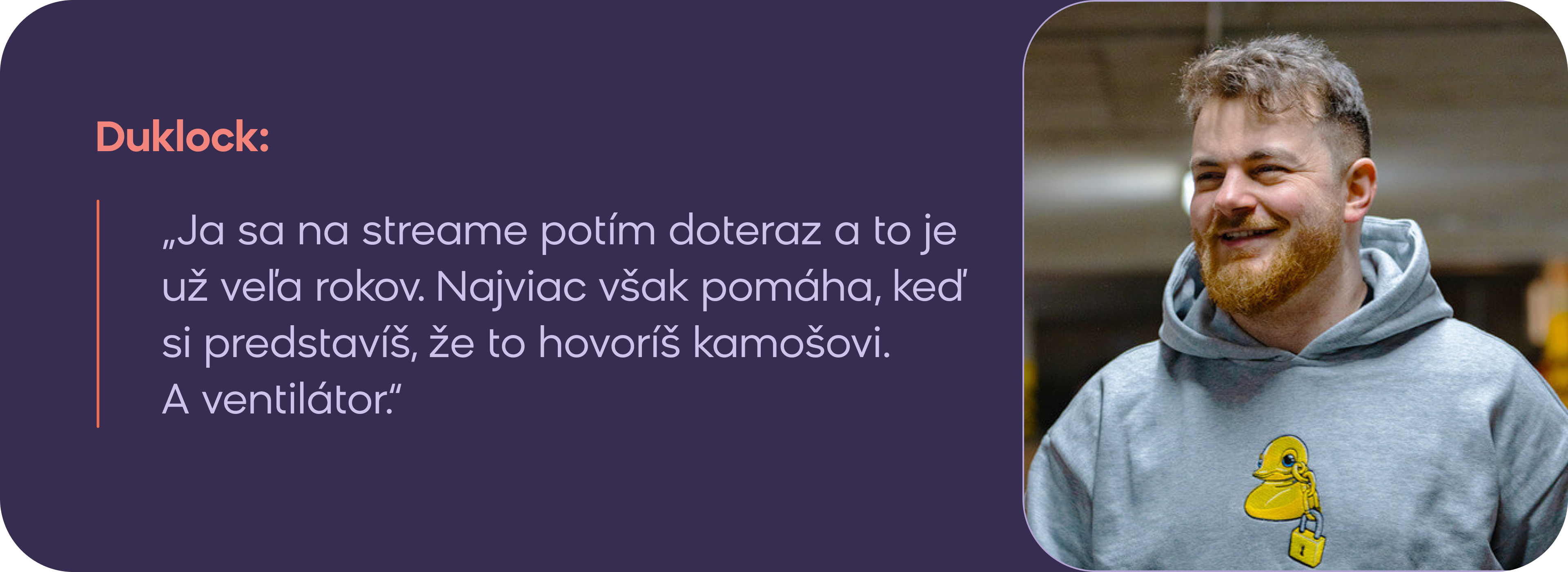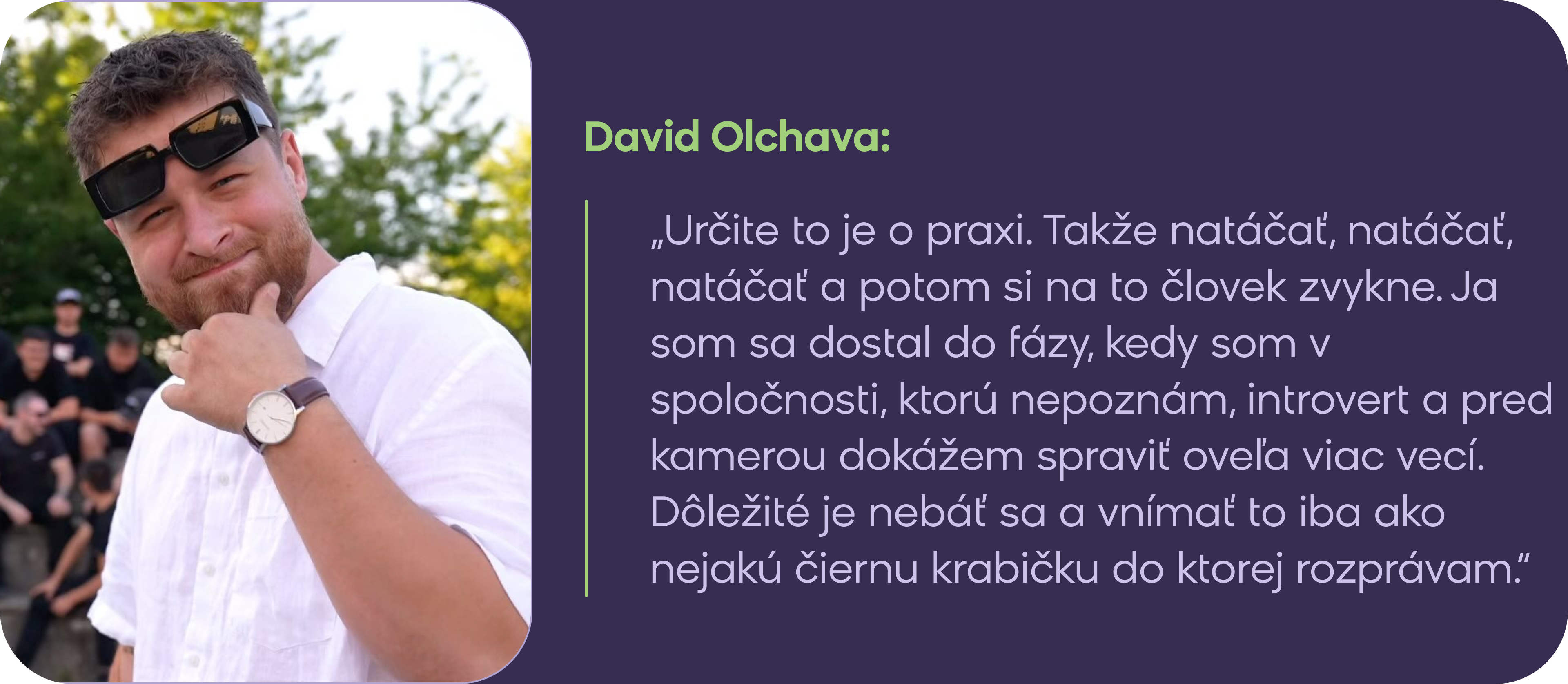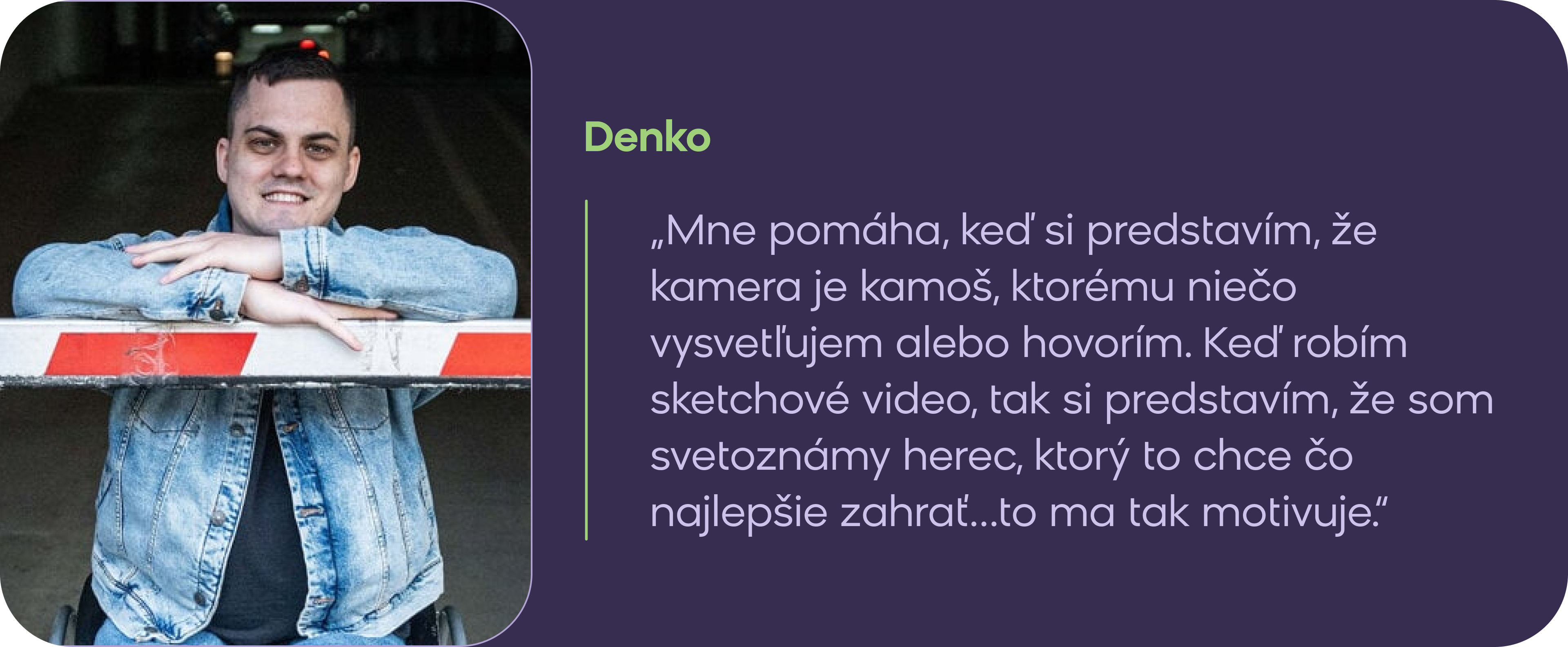
by Google
Being natural in front of the camera, appearing relaxed and engaging at the same time? That is one of the biggest challenges for many creators. However, confidence in front of the camera is not just a bonus, but a key prerequisite for the viewer to believe what you are saying, stay watching your video and come back again.
Although it may seem that today's influencers and YouTubers move in front of the lens like professional actors, few of them were born that way. Fear of performing, stage fright, insecurity about their own voice or appearance, these are all feelings that almost everyone has experienced who has stood in front of the camera for the first time.
A “digital” audience can be just as scary as a live one. Even if no one is watching you in the room, knowing that your video could be seen by hundreds or thousands of people can also be stressful.
So how does a shy person become the confident face of the internet? What tips and techniques help famous creators overcome stage fright and come across as natural? In this article, we'll look at specific advice from those who have gone through this journey.

Why are many people afraid of the camera?
Although it may not seem like it on the outside, turning on the camera and starting to talk is an extremely unnatural step for most people. Not because they don't have anything to say, but because the inner voice of doubt starts to kick in, "Do I look good enough? Doesn't my voice sound weird? What will people think of me?"
These questions are completely normal and are related to one of the fundamental human fears, the fear of being judged. The camera creates the feeling that we are constantly being watched and judged. Although we only see a screen in front of us, an entire audience is projected in our heads, analyzing us before anyone even sees the video.
Many creators also struggle with perfectionism. Instead of focusing on the content and the value they bring, they get caught up in their own appearance, articulation, or minor mistakes. The result? They don't film the video at all, or they never publish it.
Psychologists also link this phenomenon to a condition called "glossophobia", the fear of public speaking, which according to research, 70 to 77% of people suffer from. Even though there is no live audience involved in the filming, the brain often perceives this situation in a very similar way.
The good news is that, just like with stage fright, fear of the camera can be systematically treated overcome and we'll look at how people who are watched by hundreds of thousands today managed it.
Practical tips from our partners
If you think that famous creators were born with a natural expression in front of the camera, we have reassuring news for you, most of them have gone through the same insecurities as you.
Behind every relaxed video we watch today, there are hours of experimentation, overcoming stress and self-criticism. Our partners told us what helps them relax in front of the camera and whether they are nervous in front of the camera even after years of performing online.







Start just for yourself
You don't have to publish the video right away. Record videos just for yourself, like a personal video diary. Talk about how you were, what you were dealing with at work or school. Put your phone up to the window and talk. The goal is not to perform perfectly, but to get used to your own voice, face, and pace of speech. The more often you do it, the more natural it will feel.
Repeat, repeat, repeat
If you want to move forward, you need to create a habit. Try giving yourself a 30-day challenge: record a short 1-minute video every day. It doesn't have to be about anything special, just about what didn't make you angry or happy today.
This routine will help you:
remove fear from the beginning
get used to moving in front of the camera
improve your expression without reading the text.
⏱ TIP: You don't have to post the video anywhere. The important thing is that you practice.
Focus on content, not appearance
Many aspiring creators spend more time on how they look than what they say. They don't care if you have perfect makeup or a trendy outfit or an aesthetic background. What matters is what you give them.
Authenticity is the key
Today, no one wants to watch a learned, polished and sterile speech. The viewer wants to identify with the person on the other side of the screen. Being natural, occasionally stuttering or laughing at yourself, all of this makes the video more human.
Exercises for relaxation before filming
Before every video, you can be technically prepared, have a script and lighting, but when you are tense from the inside, it shows on the camera. Short physical and mental exercises will help you break through stage fright and get comfortable before pressing REC.
Breathing exercise
A technique that is especially effective in stressful situations. It helps you anchor yourself in the present moment and reduce anxiety.

Facial warm-ups and articulation
The face and mouth are your main tool in front of the camera and they also need to be pumped up and started.
Exercises that last a minute:
1. Say these tongue twisters out loud. Slowly at first and when you can master them, add speed. Another great exercise for articulation is to bite your finger horizontally and say a few sentences. We're not kidding, really try it. It's also ideal before you go to record a voiceover.
2. Flex your cheeks. Blow them up like a balloon, then flush them with air from side to side.
3. Gently tap your face (forehead, cheeks, jaw) with your fingers to relieve tension.

If you've ever felt like you're not "good enough" in front of the camera, know that you're not alone. Everyone we admire today for their natural expression and confident demeanor started out with a shaky voice, uncertain gestures, and doubts. You don't need professional equipment, special training, or tens of thousands of followers. You just need to start. And the best time is right now.







